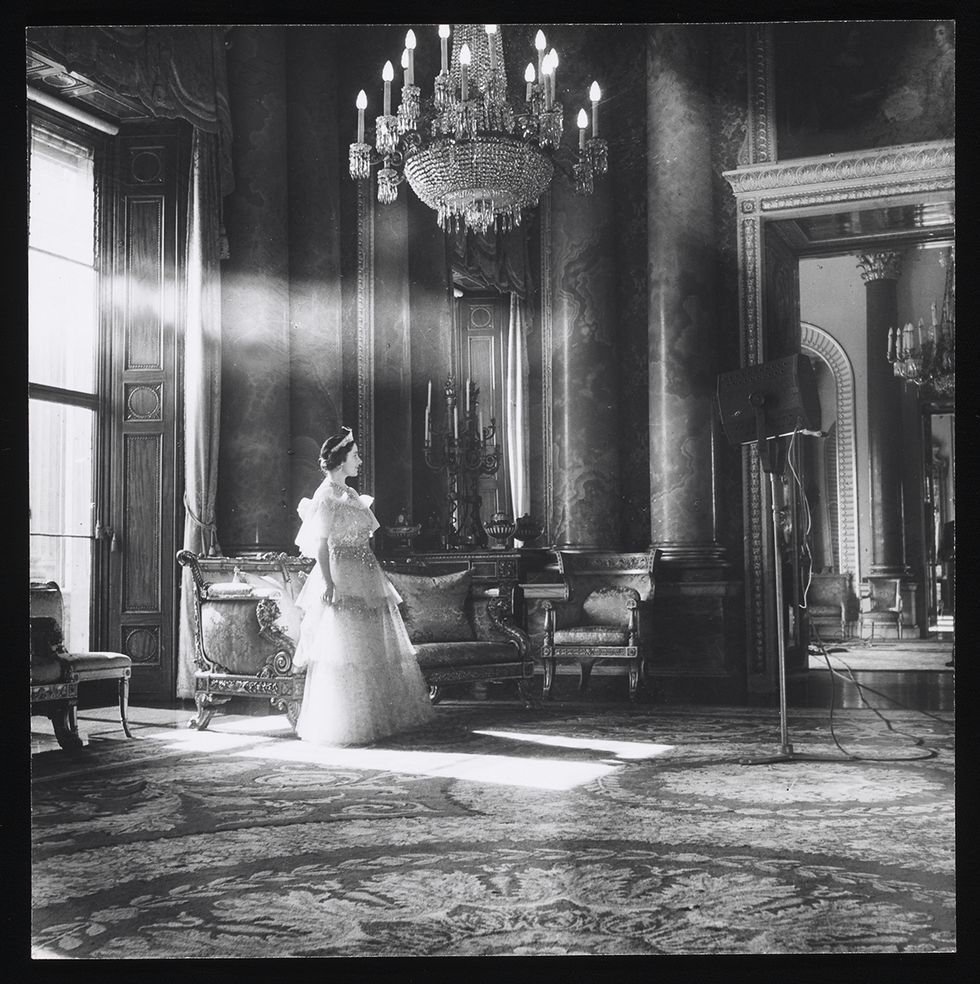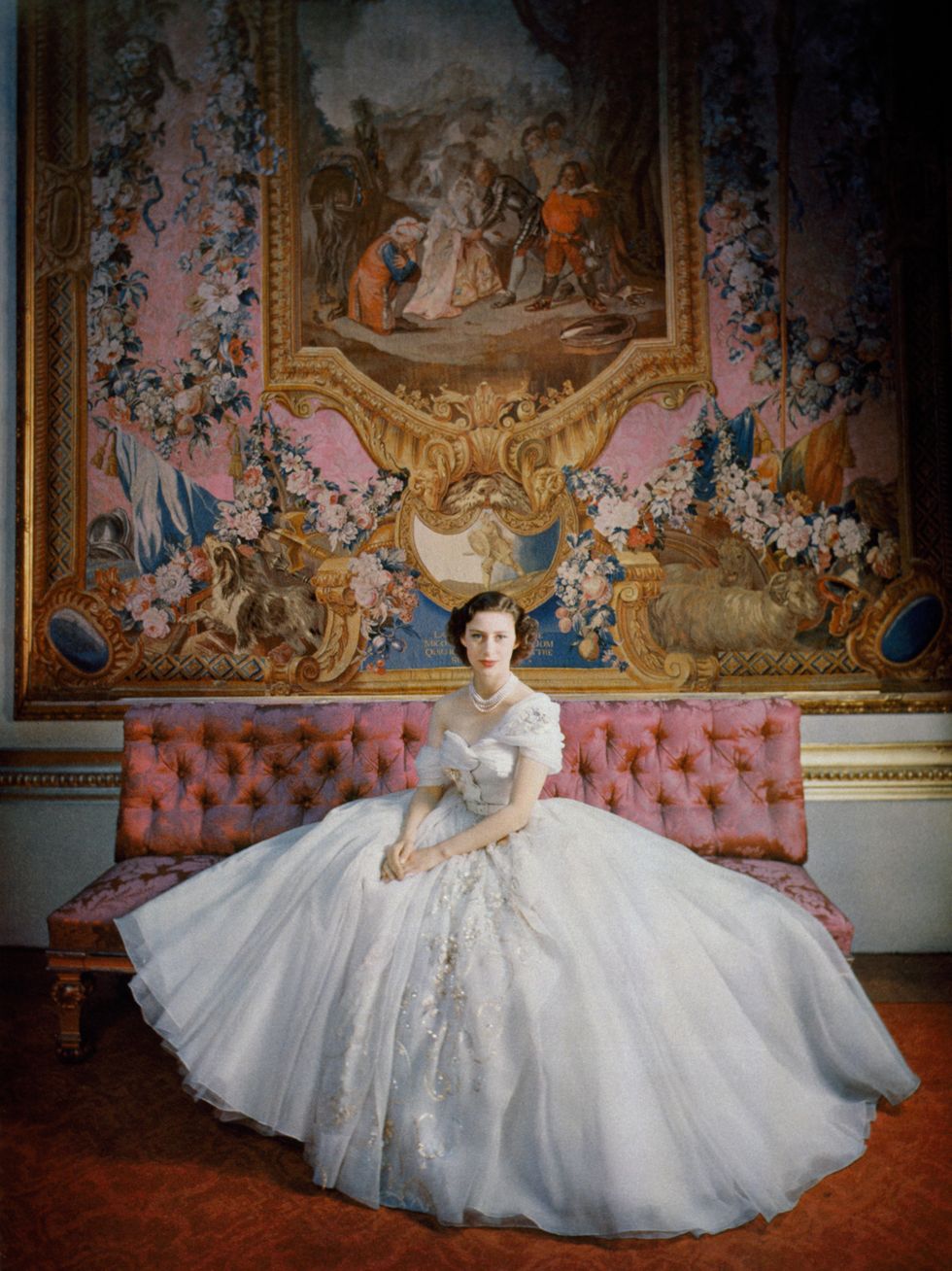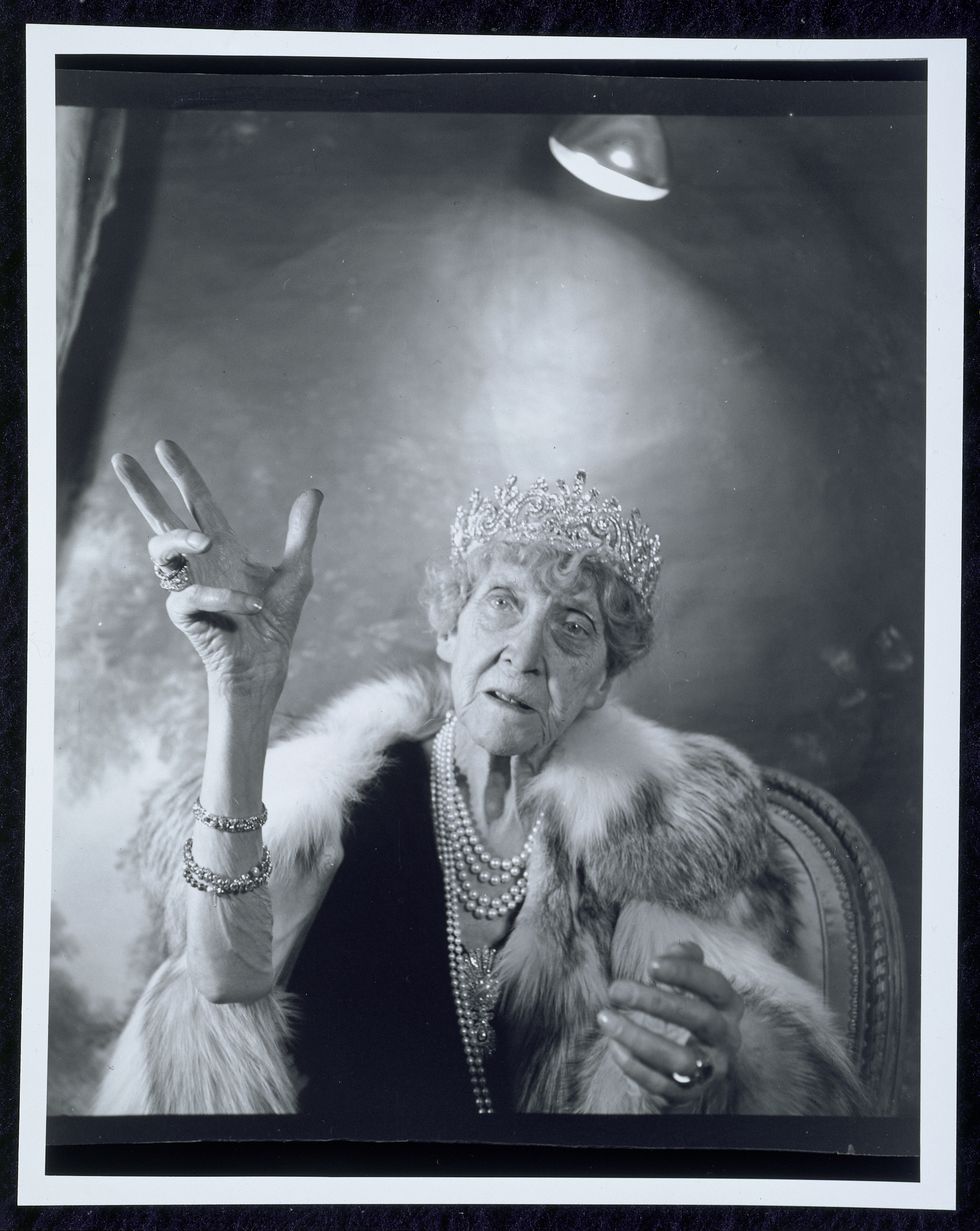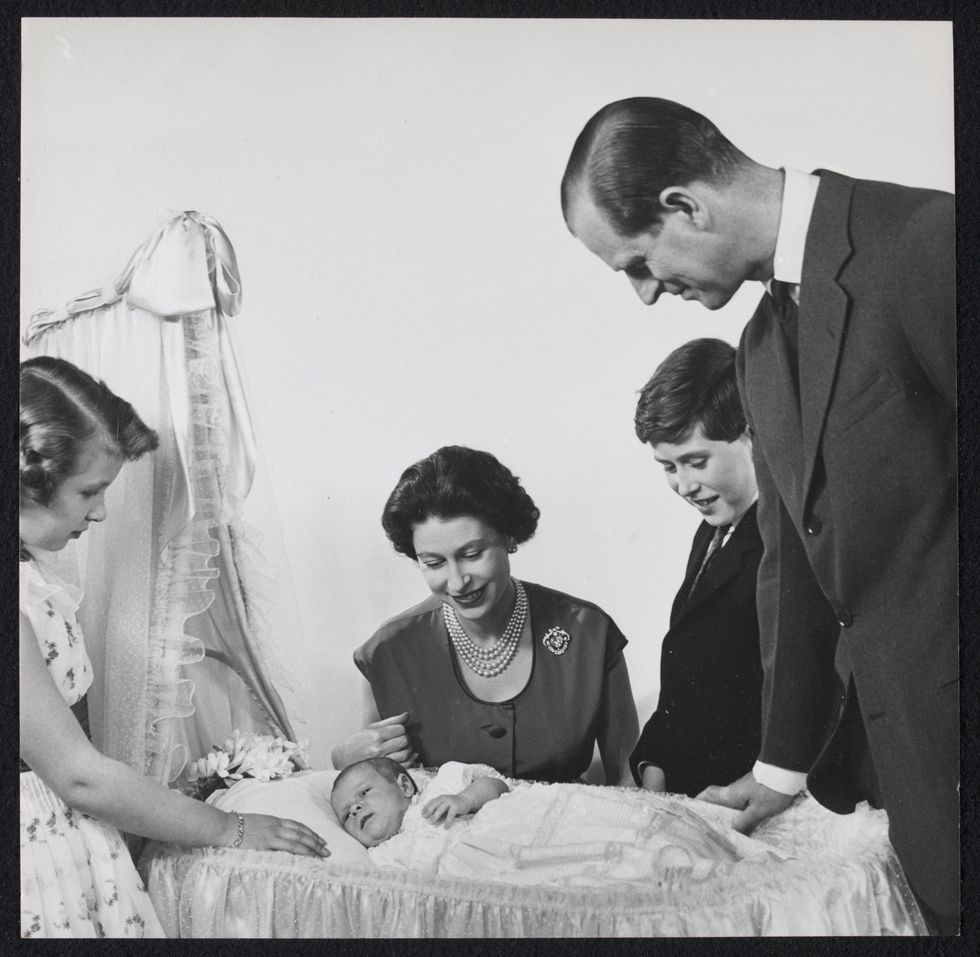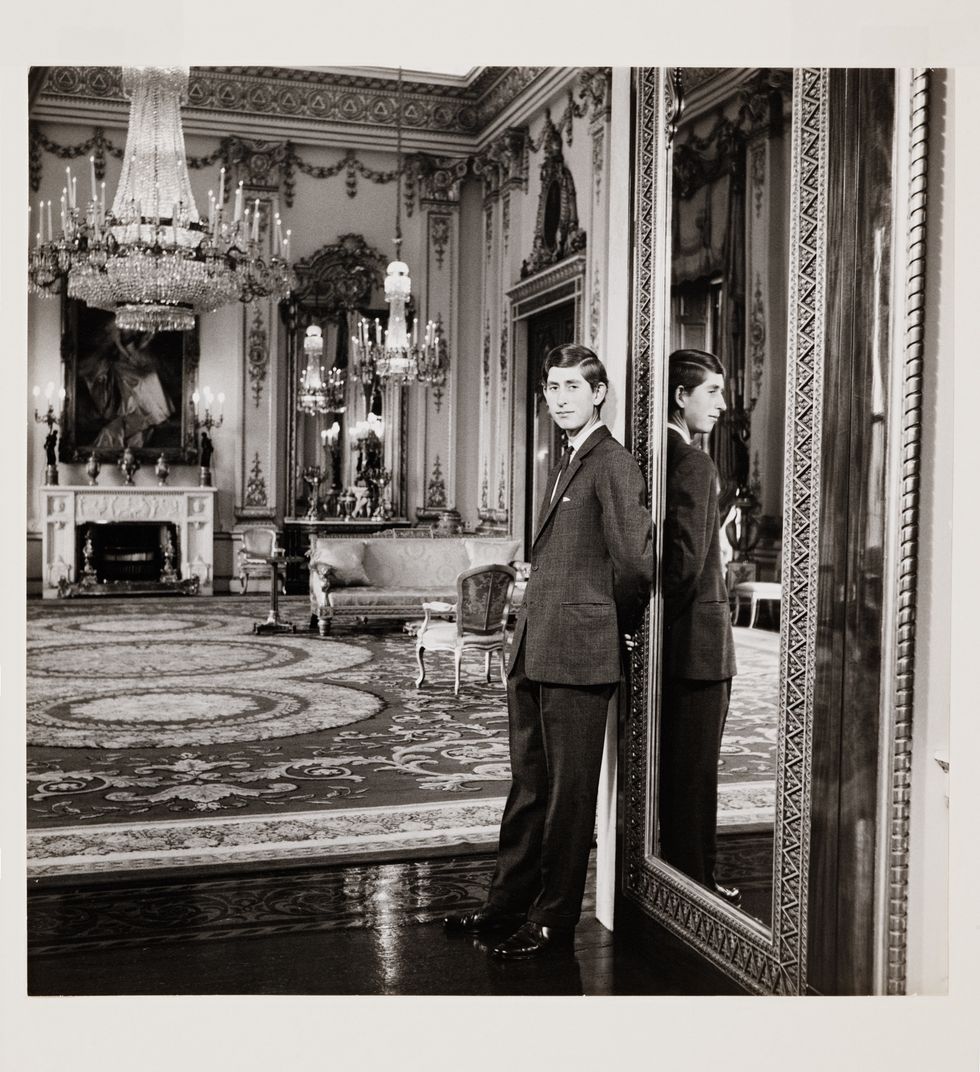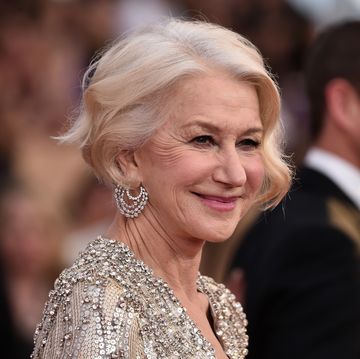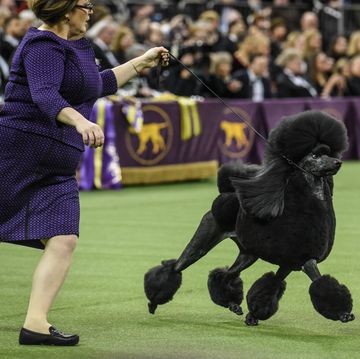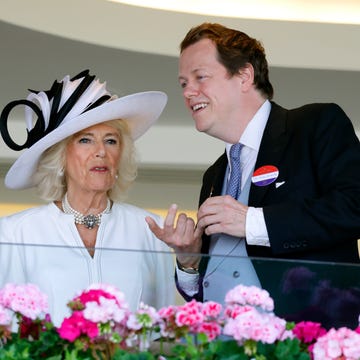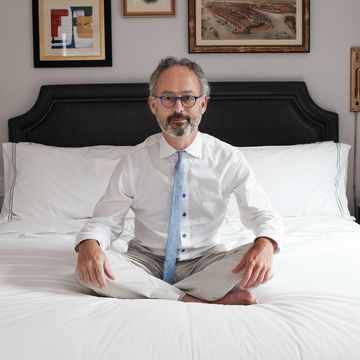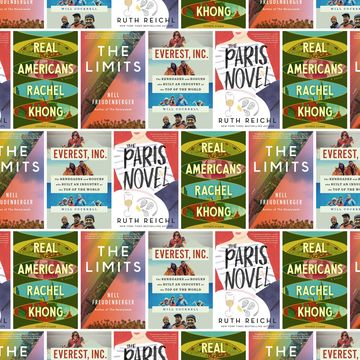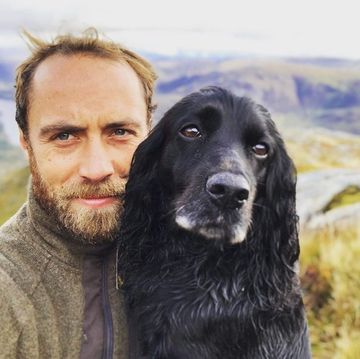How Cecil Beaton Became the Royal Family's Favorite Photographer
A new book, Cecil Beaton: The Royal Portraits, showcases the legendary lensman's work featuring England's monarchy.
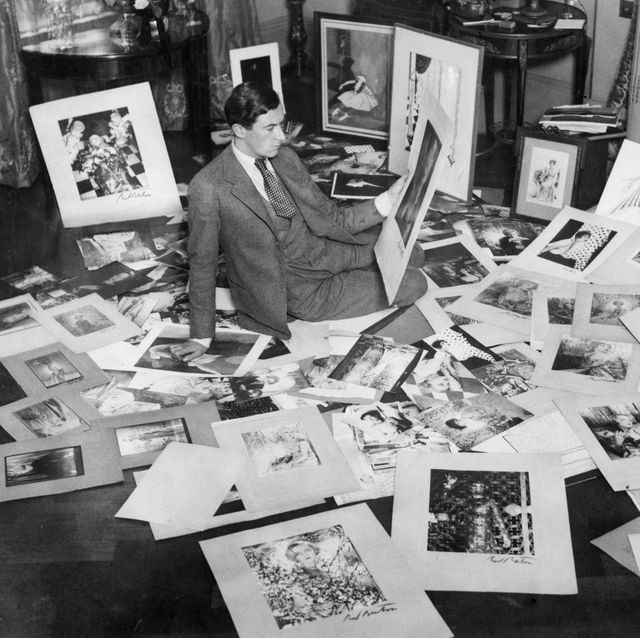
Every item on this page was chosen by a Town & Country editor. We may earn commission on some of the items you choose to buy.
“An important part of royal image making is continuity,” says Claudia Acott Williams, the curator of Kensington Palace and author of the new book Cecil Beaton: The Royal Portraits. “The Queen used Beaton because it created a continuity with the reign before hers, and there’s a stability that comes with that.”
This new book of photos—conceived around the late monarch’s Platinum Jubilee—celebrates the work that Beaton, a famed photographer and diarist as well as an Oscar-winning set and costume designer, did with the royal family, but it’s more than just pretty pictures. The tome also speaks to how the Windsors saw themselves and wanted the public to see them, and the way that they used photography to help in the serious business of myth-making.
“The longevity of the relationship between Beaton and the Queen stemmed from his relationship with her mother; they were only four years apart in age and moved in similar social circles,” Williams says. “They shared that joy de vivre of the Bright Young Things and had an extraordinary chemistry and enjoyed one another. Beaton’s first photographs for the Queen Mother were also incredibly successful, and that created a sense of trust, which became an important part of that relationship. I don’t think Beaton and the Queen ever shared that same natural friendship—he spoke about finding their relationship a bit more businesslike—but there was a trust and a sense that this was a man who had documented her for entire life.”
Specifically, he was called upon for moments of joy for the Queen and her family, and to help situate them in the public eye during eras of upheaval. “Beaton was there for the magnificent and for celebrations of the monarchy,” Williams says. “The Queen only sat for him three times after 1960, but each of those were moments of joy, and his style meant he became associated with these significant milestones. There was an element of trust and a clear understanding of what he brings to the royal image, and a deliberate continuity that creates a strong visual identity for the monarchy.”
Here, Williams tells the story—and explains the hidden meaning—behind some of his greatest shots:
Adam Rathe is Town & Country's Deputy Features Director, covering arts and culture and a range of other subjects.
Watch Next
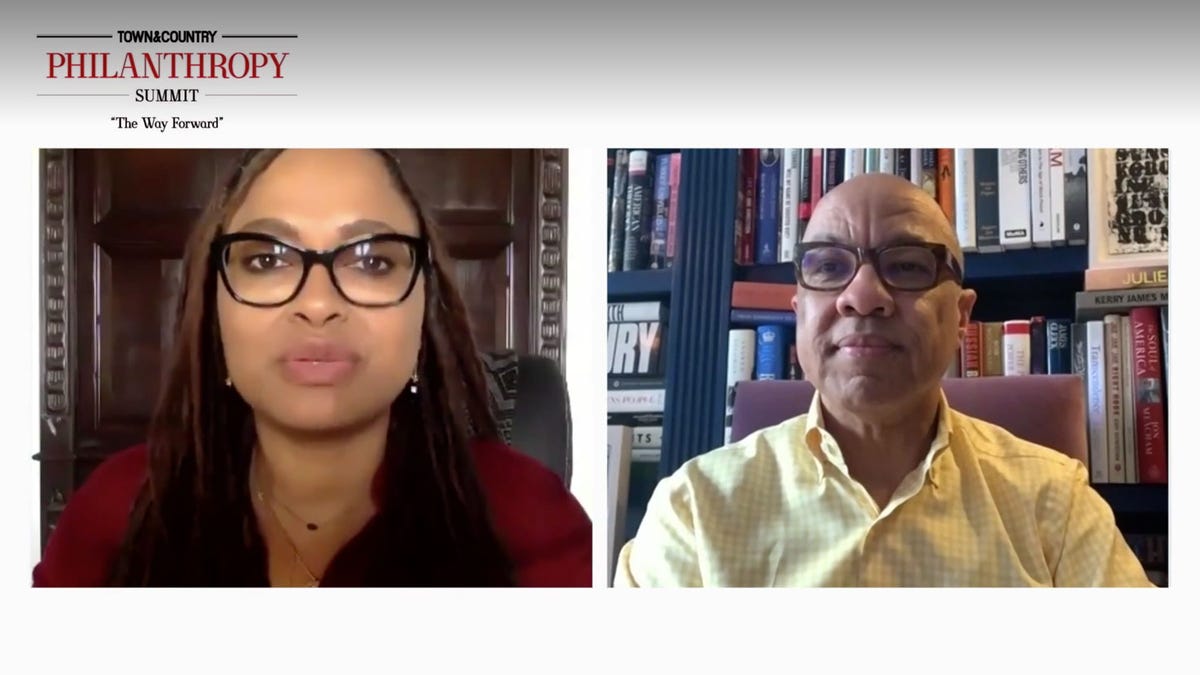

Tom Selleck on Dancing with Princess Diana

These 7 Books Just Won Pulitzer Prizes

The Best Books to Read This May
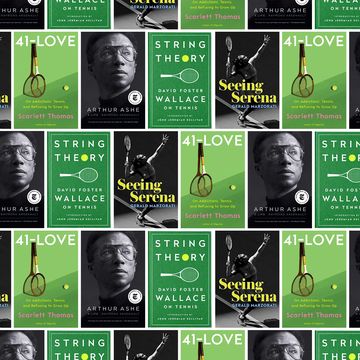
25 Best Tennis Books to Read
